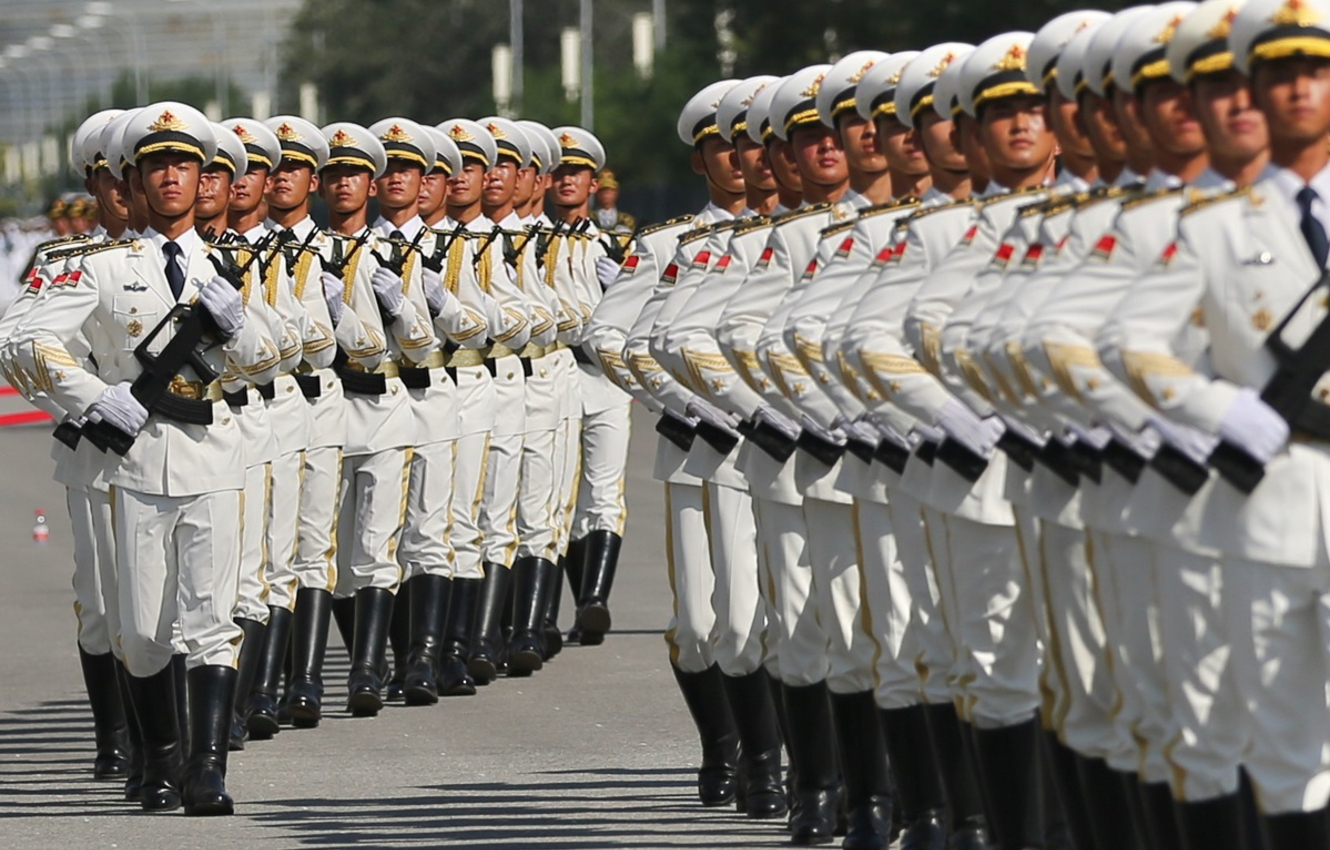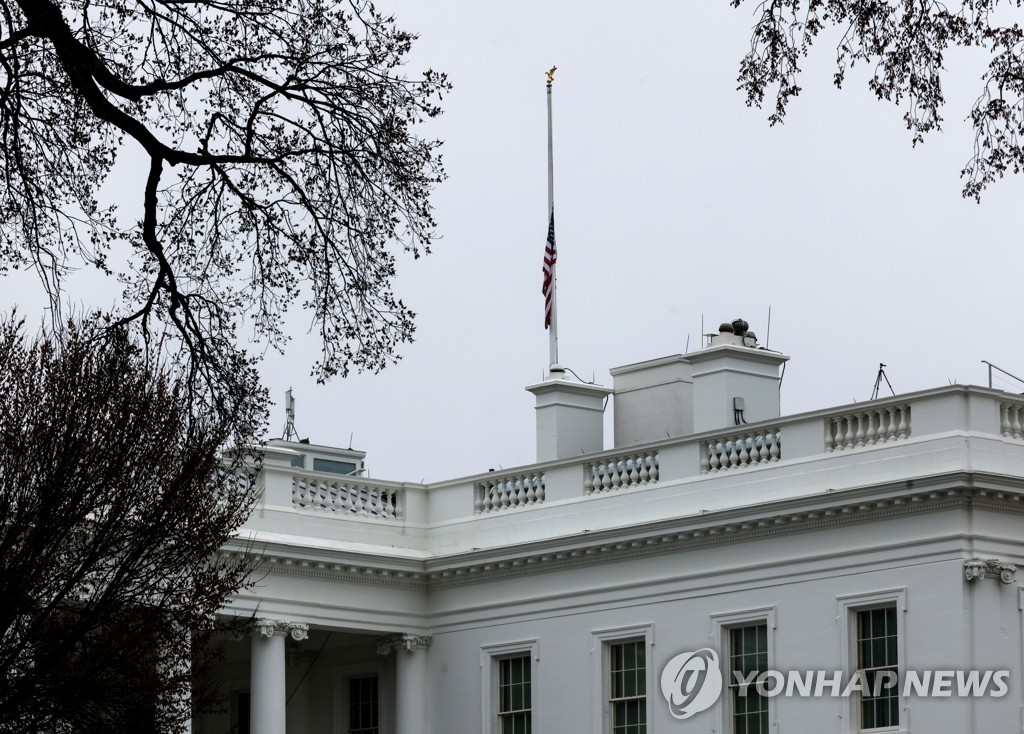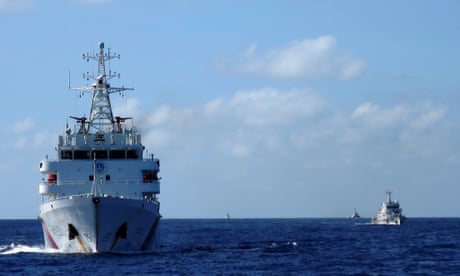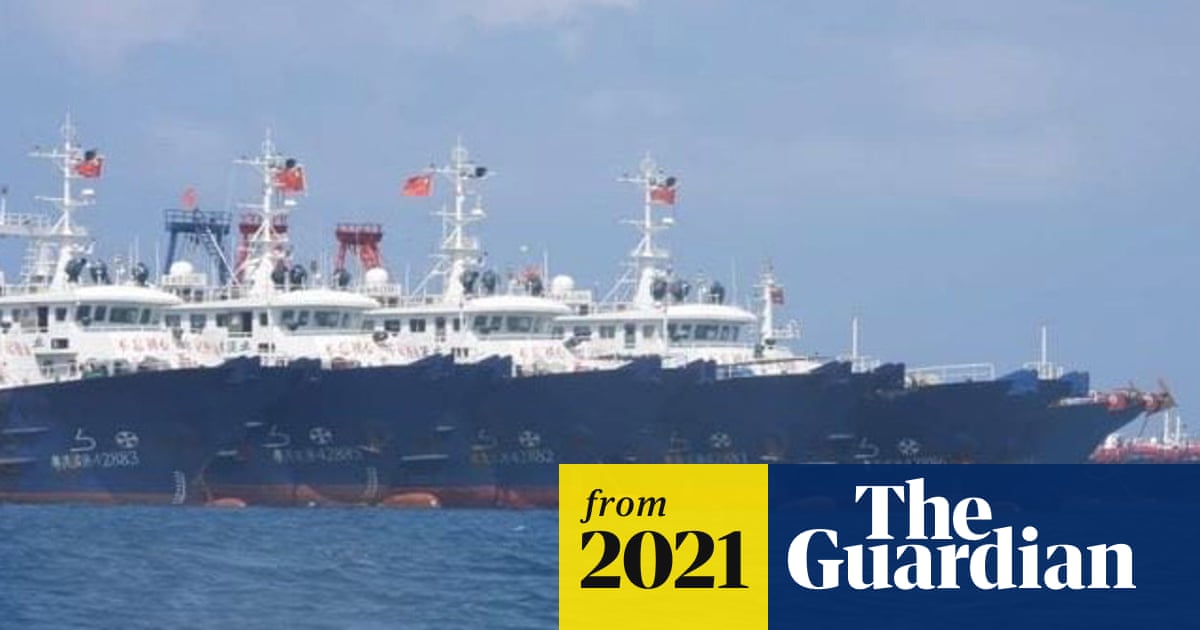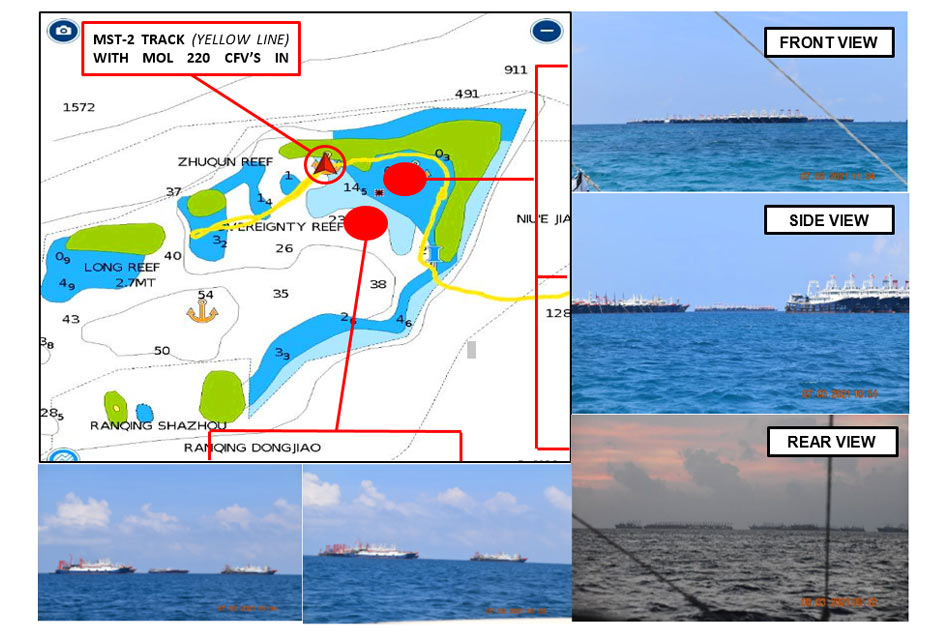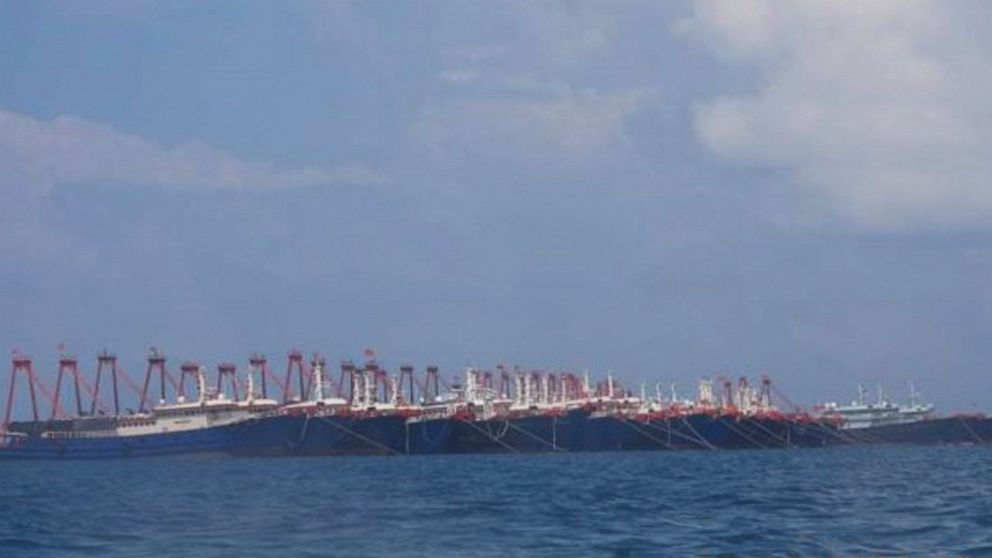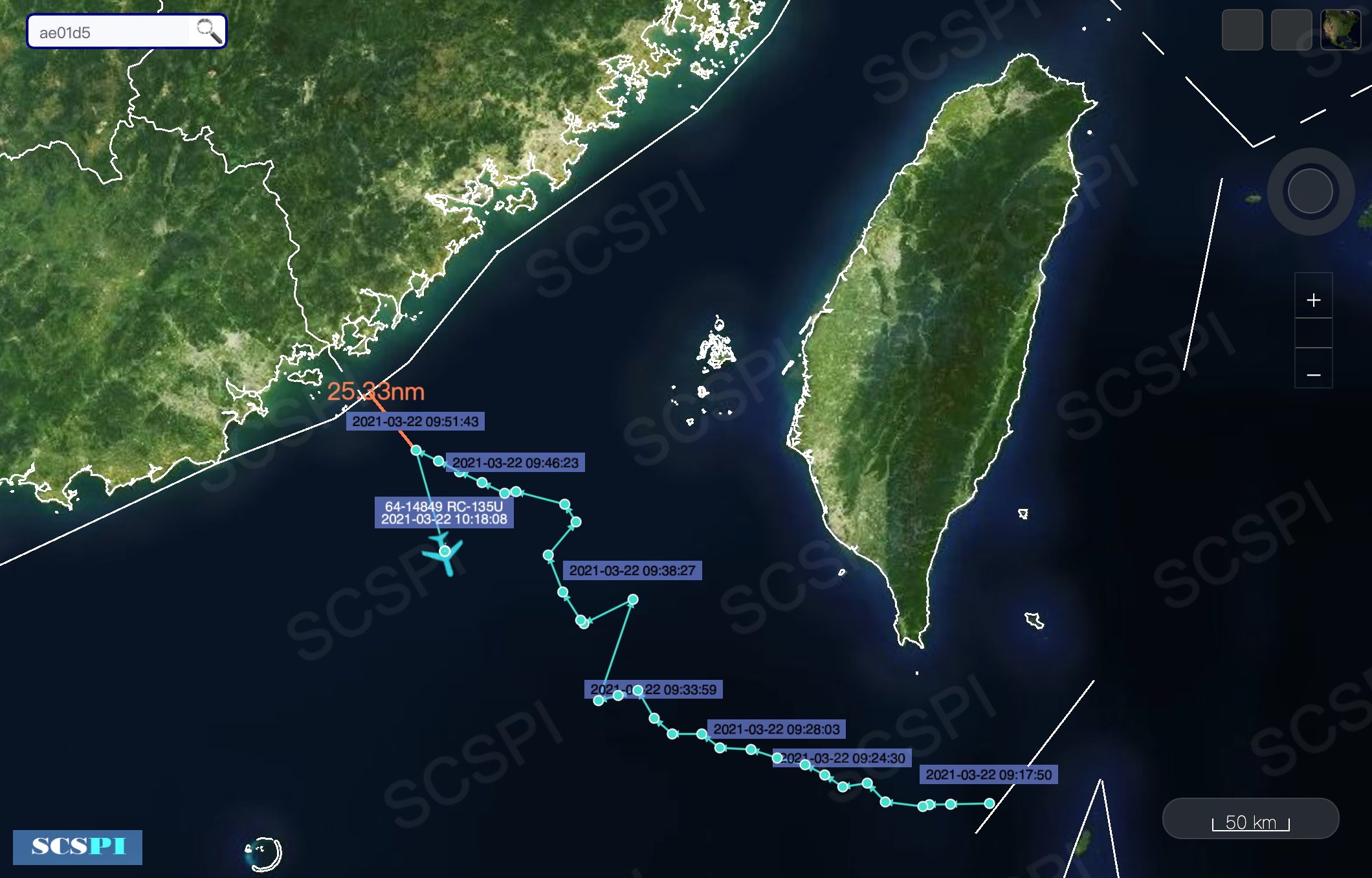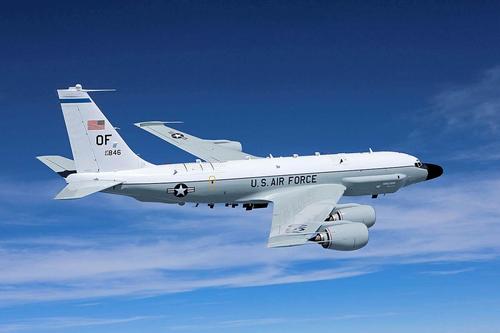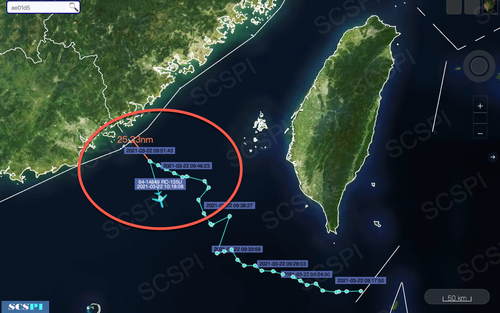continued. . .
Taiwan Timelines
Third, there are as many myths about China’s external behavior as there are about its domestic policy. One of the most common is: Xi is deeply nervous about Taiwan’s future and is set to invade Taiwan in the next two to three years. In fact, former national security adviser H.R. McMaster suggested this in recent
testimony before the Senate Armed Services Committee.
This is a misreading of China’s calculus toward Taiwan and the current situation in cross-strait relations. China’s top leaders have long viewed the Taiwan problem as fundamentally a
political problem, not a military one. Their consistent preference has been, first and foremost, to
deter independence rather than to compel unification by force. They have deployed a mix of coercion and incentives to do so, and recent military activities around Taiwan reflect this.
Beijing’s strong preference is to create a situation in which the people of Taiwan and their leaders recognize their future is inevitably tied with the mainland, and then
negotiate a reunification deal on Beijing’s terms. The Xi administration’s undermining of Hong Kong’s political and legal autonomy serves only to make Taiwan more resistant to Beijing’s overtures. This means Beijing will need to rely even more on coercion and political warfare to achieve its goal of reunification. This reality, more so than armed conflict, is the near-term challenge U.S. policymakers need to be focused on.
Even in the context of
rising cross-Strait tensions, there is little evidence that Xi is uniquely anxious about Taiwan now and preparing an all-out invasion of Taiwan in the next two to three years. All Chinese leaders have to talk tough, and Xi is no exception. But he has never set a clear deadline. The closest he came was in a
January 2019 speech linking the achievement of “national rejuvenation” with Taiwan reunification. The timetable for rejuvenation is still some 30 years off in 2049 (when Xi would be 96). This sounds more like political posturing by Xi within CCP circles than formal planning. Most recently, last week’s annual meeting of the National People’s Congress did not signal any urgency and instead used
stock language on Taiwan, which is unlike last year when comments by senior leaders hinted at a questioning or even a movement away from “peaceful reunification” as a goal.
Invading Taiwan remains an extraordinarily risky and costly action and, in the next two to three years, it would come at a
crucial time for Xi’s big domestic agenda. It is the one move that could short-circuit Xi’s vision of national rejuvenation – any military action short of complete victory would be a loss. Even if an invasion succeeded, China would then have to occupy Taiwan and seek to pacify its 24 million citizens, gutting Taiwan’s economy in the process, including its strategically significant high-tech sector.
Whereas experts continue to debate whether China has the military capability in the next few years to invade fully and occupy Taiwan, there is broad agreement that the People’s Liberation Army has made substantial strides in developing a wide range of capabilities
across the spectrum of conflict that it lacked in the last crisis in 1995 and 1996. Whether China possesses the ability for a military invasion or is close to it, the risk calculus remains complex — major military action will be far from a “no-brainer.” The U.S. military is
increasingly focused on improving warfighting capabilities in East Asia, including doing much more with its Asian allies. All of this will enhance deterrence.
The most immediate challenge for U.S. policymakers is China’s coercion strategy, which seeks to shape outcomes in Taiwan by means short of outright aggression. While many of Beijing’s recent efforts to affect Taiwan’s domestic political environment have backfired, Taiwan’s people, as well as its political, economic, and military institutions, are nonetheless coming under increasing stress. Washington needs to be attentive to a loss of confidence by the people of Taiwan in their future, or a loss of faith in U.S. reliability, producing a resignation that their future is with the mainland. In response, Washington needs to do more to enhance Taiwan’s resilience and diversification in the face of these pressures.
Wag the Dog?
A fourth and related myth is that if China’s economy slows and domestic challenges accumulate, then Xi will lash out and
start a war, perhaps over Taiwan. This notion is inconsistent with China’s current political realities or its longstanding strategic calculus about external aggression.
As the cliché holds, the Chinese Communist Party’s first priority is the preservation of power, and the surest way to aggravate political instability over a slowing economy would be to prioritize a military action that would further deplete scarce resources and increase foreign pressure on China. For Xi personally, the surest way to undermine his grand ambitions would be to risk a war at the expense of domestic prosperity and with mixed popular support. Xi clearly has a higher risk tolerance than previous leaders, but there is no evidence that he is reckless.
More realistically, social discontent and economic malaise within China would bury the Chinese Communist Party senior leadership in domestic burdens, likely at the exclusion of foreign policy. Overseas lending would likely shrivel up, and Chinese corporates would find it even more difficult to invest abroad. As we saw in the early days of the most recent domestic crisis, the COVID-19 outbreak in 2020, Chinese foreign policy became focused on using diplomacy to generate foreign support — indeed, accolades and praise — to bolster a beleaguered Chinese Communist Party leadership.
Historically, China’s leaders have sought to
reduce external risk during periods of domestic turmoil. Mao Zedong and Deng Xiaoping
pursued resolution of border disputes when they faced challenges at home, such as after the Great Leap Forward in the late 1950s, the nationwide protests in the spring of 1989, and the collapse of the Soviet Union in the early 1990s. China’s more assertive foreign policy has coincided with periods in which Beijing has felt confident and assured at home, not weak and vulnerable.
Reports of Engagement’s Demise …
A fifth and final myth at the heart of U.S. debates is that the past U.S. policy of engagement was a
complete failure, based on a naive hope that China would reform politically and economically. This is a distortion of both the previous U.S. approach and current challenges from China.
U.S. strategy toward China has not been based solely on engagement for over 25 years. Beginning in the mid-to-late 1990s, U.S. strategists began recognizing the downside risks of China’s economic and military power, and policymakers responded accordingly. This began with the Nye Initiative in the mid-1990s to revitalize the U.S.-Japanese alliance. Since then, U.S. policy has been a mix of engaging China to shape its views, but also hedging the risks of a stronger and recalcitrant China. President Barack Obama’s “Asia Pivot” strategy was a clear expression of this dual track approach, including with targeted investments in military capabilities and pulling allies closer.
Moreover, America’s engagement policies — dialogue, cultural exchanges, etc. — were
not based on a naive certainty that China would liberalize politically and economically. Certainly, one can find rosy public statements linking engagement with Chinese reform, but it’s revisionist to claim that this was the foundation for U.S. policy and strategy. Successive U.S. presidents — Republican and Democratic — believed, rightly, that the best strategic bet for the United States was to try to shape China to be more open at home and responsible abroad, and then adjust its strategy if that reality did not materialize. Xi made clear that such changes were not going to occur, and U.S. policy has been adjusting ever since. The nature and scope of those adjustments are the subject of current debates.
The outright rejection of engagement as one policy tool, within a broader toolkit, to shape China also ignores the debates it prompted within China. Throughout much of the 1980s and 1990s, both liberal reformists and more conservative authoritarians battled over the future direction of the country.
Finally, engagement itself remains essential to the success of more competitive strategies and policies. The United States needs its allies and partners to effectively compete with China, but none of those countries — in both Europe and Asia — wants to be drawn into a Cold War or be forced to make stark choices between one side or the other. Washington needs engagement and dialogue to reassure both China and America’s allies that while the United States will defend its interests, it also wants to bound competition, reduce mistrust, and remain open to cooperation.
Thus, by pursuing such tools of engagement, the United States can forge stronger and more enduring coalitions to compete with China on those issues, such as technology and global governance, that require collective action. What’s more, unless one is prepared to advocate the complete and total isolation of China, including a full decoupling from its economy, then really what is being debated is how much engagement to pursue and in what circumstances.
Breaking Myths, Making Policy
As the United States and China enter this new era of intense and diverse strategic competition, the
American debate about the nature and scope of the China challenge is seminal. Dispensing with these five myths is a first step to setting the empirical foundation for a more informed debate about China strategy and U.S.-Chinese relations as this new era unfolds.
U.S.-Chinese ties today have a feel of the early stage of the Cold War: Perceptions are hardening fast but neither Washington nor Beijing has fully developed its goals, means, or mechanisms for this long-term competition. One critical difference from that era is that the United States knows far more about China today than it did about Moscow back then. Yet, like in the 1940s, U.S. judgements are now subject to intense political pressures. In such a context, the critical task for American leaders and strategists is to right-size the China challenge to ensure that American strategy and policies are based on neither its worst fears nor its naive hopes.
Based on these and other well-informed assessments of Chinese capabilities and its calculus, U.S. strategy needs to reflect an evolving mixture of security balancing, institutional binding, and dialogue and engagement. U.S. strategy toward China needs to do a better job of connecting the problem and the solution and rejecting a “one size fits all” approach driven by generic ideas like competition, pushback, or regime change. While there is consensus that the United States needs to make deep investments in its own domestic capabilities, there should be a more vigorous debate about where — and how — it confronts and competes with China internationally. Some highly competitive policies will be needed to blunt and degrade Chinese capabilities, such as in the military and cyber realms. In
other domains, U.S. strategy should focus on deterring coercion and aggression, delimiting options, and, where possible, shaping China’s choices. Yet at the same time, dialogue and engagement are essential to managing competition and preventing crises, while also ensuring strong and consistent international support for such a variegated strategy.
Regardless of where one comes down on the precise mix of policies that the United States and its allies should adopt, the first step is for debate to be based on a cleareyed assessment of China that rejects popular myths and accepts unpopular realities about the country’s capabilities, intentions, strengths and weaknesses. Tilting at windmills is not now, nor has it ever been, the appropriate foundation for good strategy.
Posted For Fair Use
The high-level meeting in Alaska this week between top American and Chinese national security officials is pivotal. Indeed, historians may look back on it
warontherocks.com








